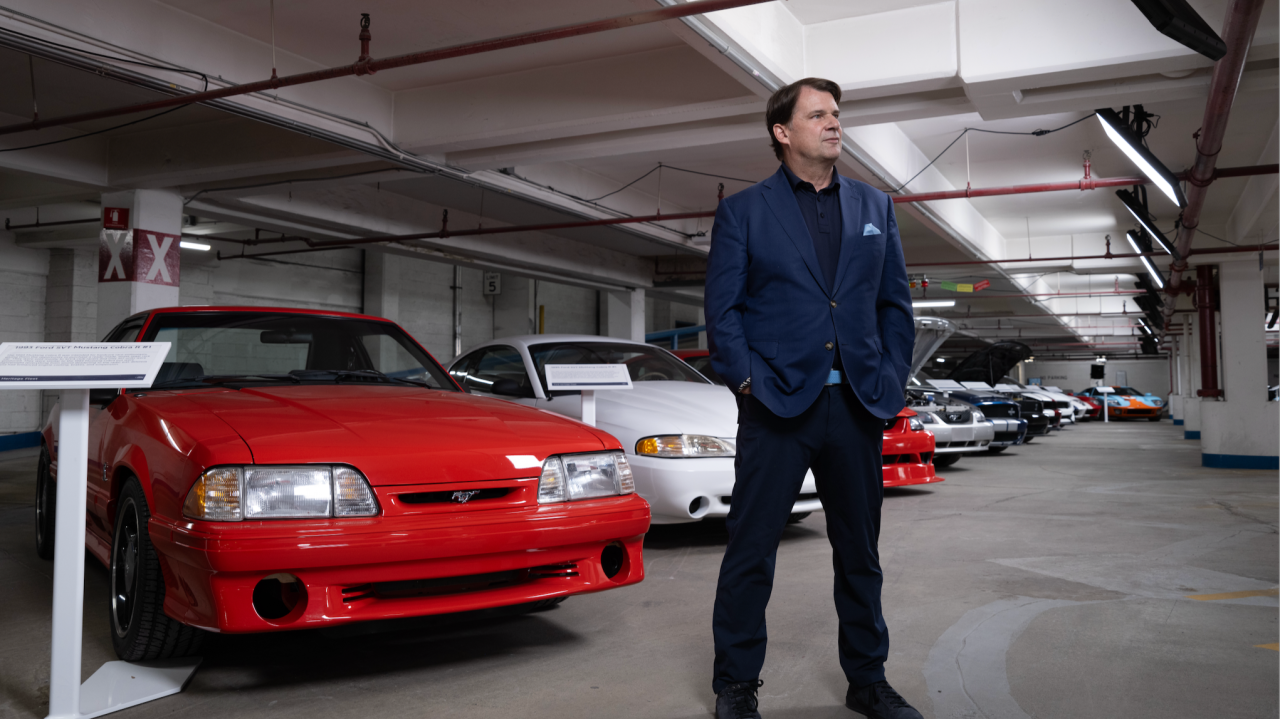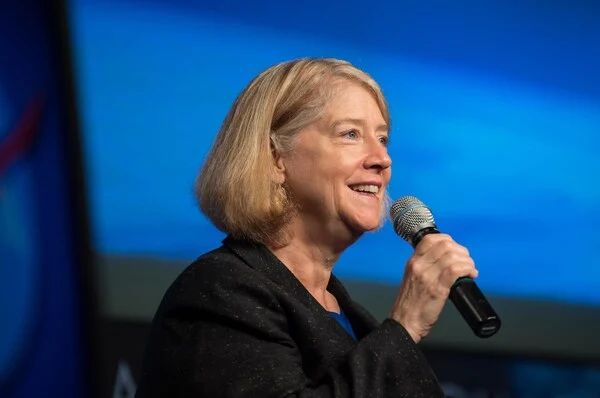
Photo Reproduction LinkedIn
Ford CEO Warns of Long-Term Industry Shifts Amid Tariff Fallout
As the full impact of President Donald Trump’s sweeping trade tariffs begins to materialize in the second half of the year, the automotive sector is bracing for profound and lasting change, according to Ford CEO Jim Farley.
Farley’s remarks come in the wake of Ford’s Q2 earnings, where the company revealed it expects to incur $2 billion in tariff-related costs in 2025 alone. Despite producing 77% of its vehicles domestically, Ford—like all major OEMs—relies heavily on imported components, making it vulnerable to escalating trade tensions.
“These tariffs, especially those affecting imports from Europe and Asia, feel long-term to us,” said Farley. “We increasingly see Europe, North America, and Asia becoming regionalized markets with aligned trade rates. That’s a fundamental shift in the global automotive business.”
Unlike other sectors, U.S. automakers initially welcomed tariffs, viewing them as a means to level the global playing field against competitors from Japan, Korea, and Europe. But Farley emphasized that the long-term implications go beyond near-term financial strain.
“We’re witnessing the start of a structural transformation in our industry,” he added. “Everything seems to be changing in the car business.”
Ford’s recent performance reflects the trade policy’s double-edged impact. The company became the best-selling auto brand in the U.S. during the first half of 2025, buoyed by aggressive incentive programs—yet those gains came at a high cost.
Farley also called for a renegotiation of the USMCA trade agreement, noting that the previous framework was introduced under Trump’s first term and later dismantled. He stressed that the auto industry must remain at the negotiating table to protect U.S. manufacturing jobs and ensure a competitive domestic advantage.
“We’re having constructive conversations with the administration,” said Farley. “Depending on how these negotiations unfold, this could be a turning point that secures a lasting advantage for American automakers.”
As the geopolitical landscape continues to shift, Ford is positioning itself to adapt—but the stakes for the U.S. automotive industry have never been higher.
-

NEWSROOM
We are a dynamic daily channel dedicated to delivering essential insights on economics, business, and politics—empowering professionals and decision-makers to navigate a complex and fast-evolving world. Our content blends in-depth reporting, exclusive analysis, and strategic interviews to help readers stay informed, anticipate opportunities, and make smarter decisions. Connect with us at info@moneyinfocus.news
to collaborate or learn more.














